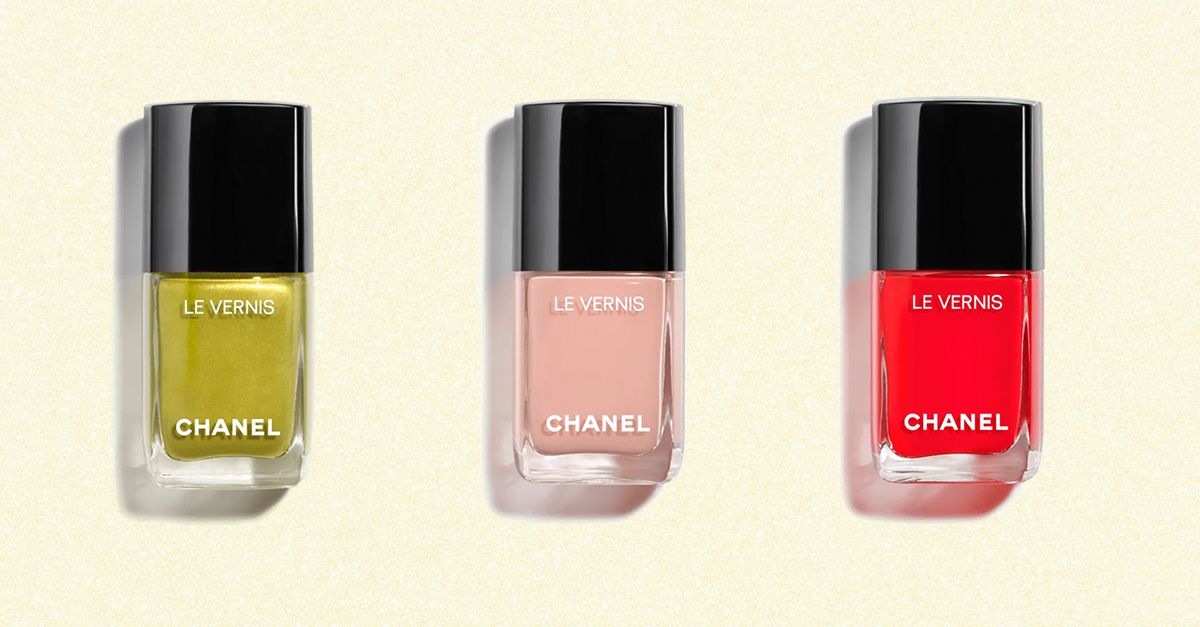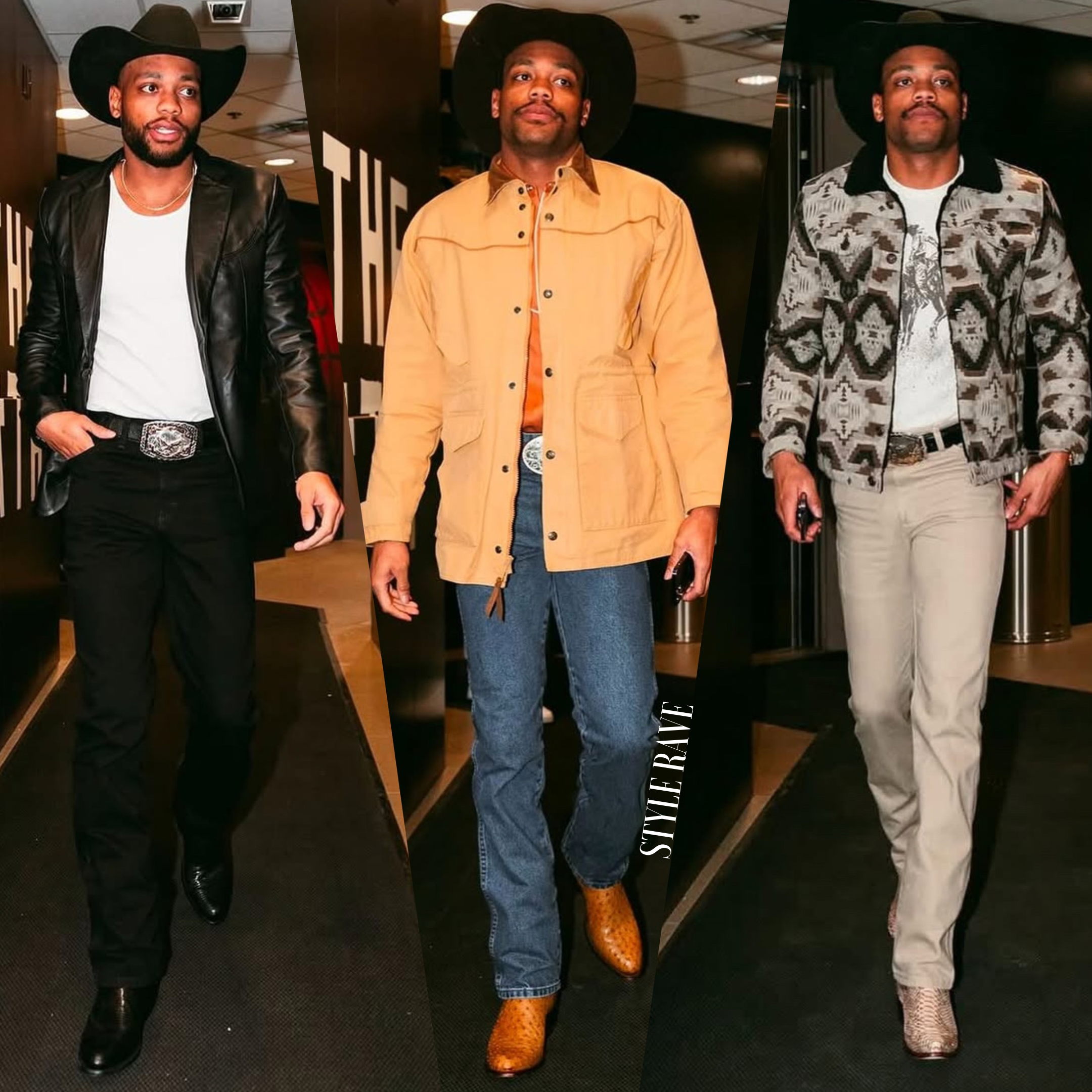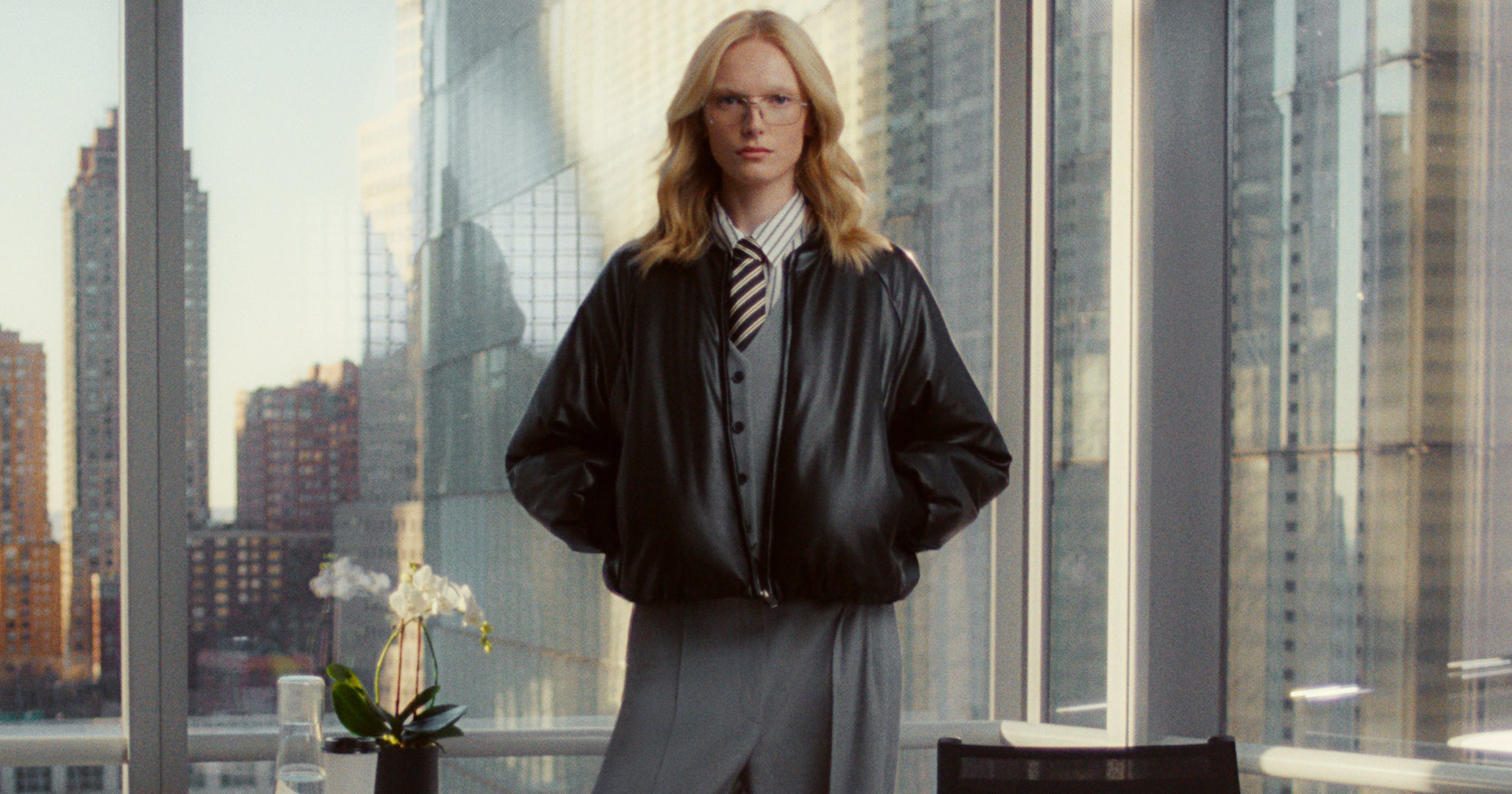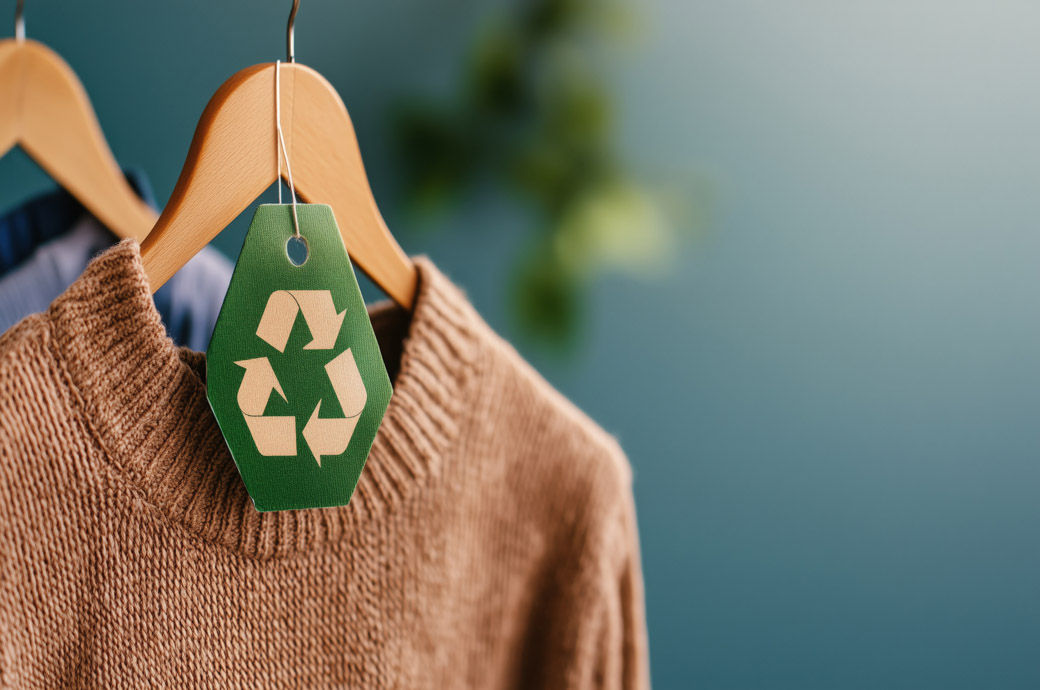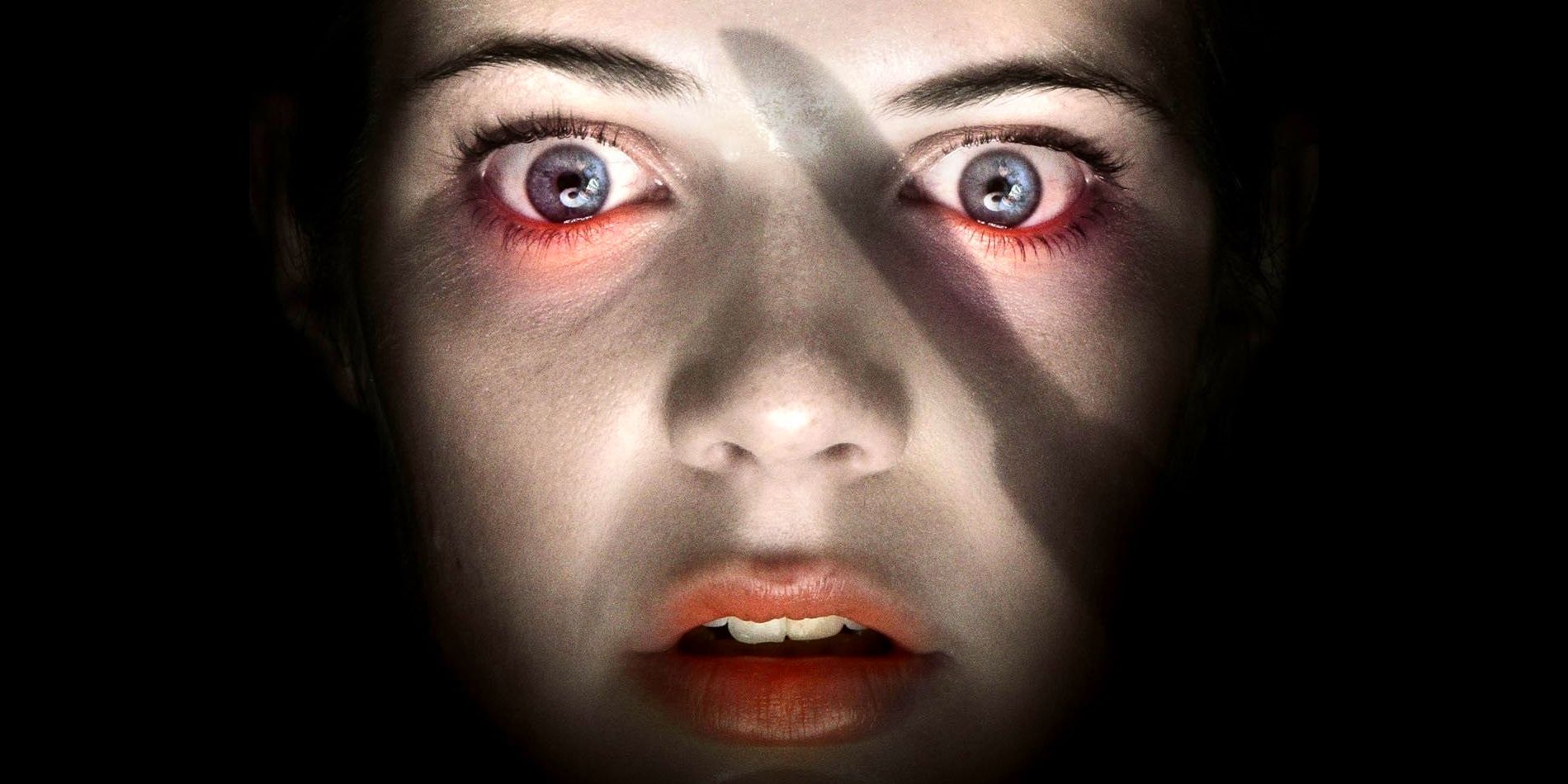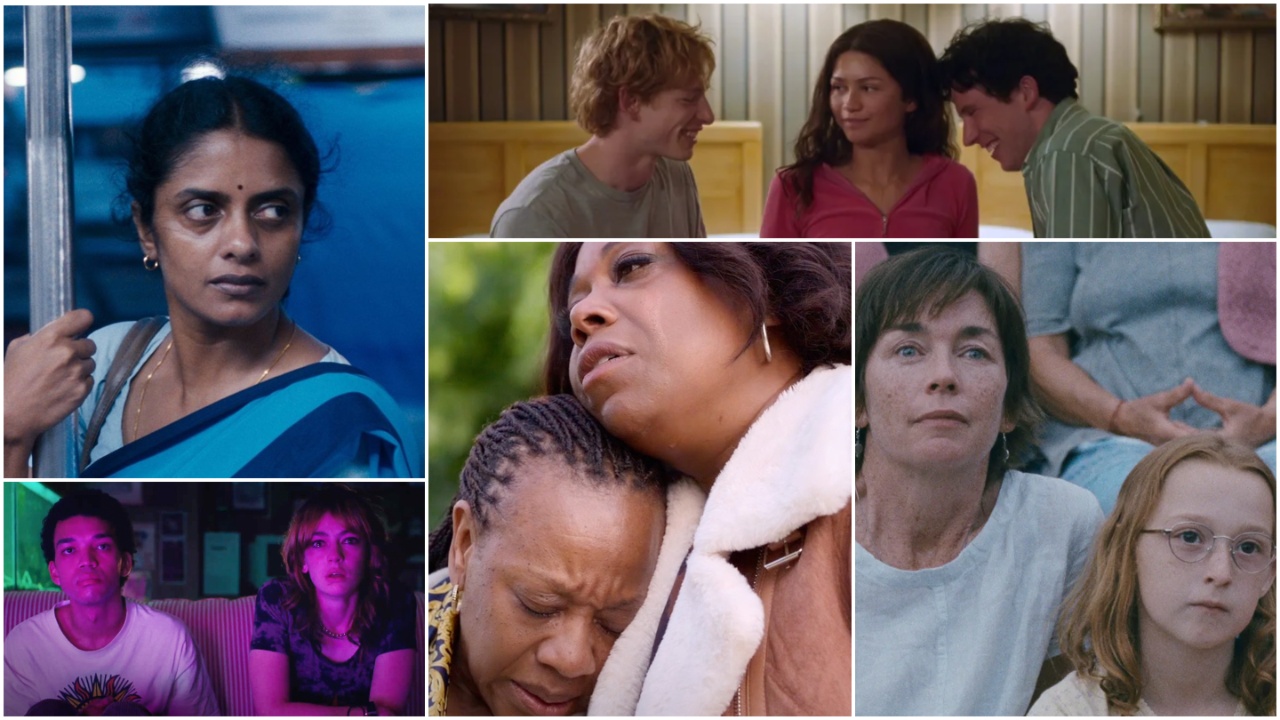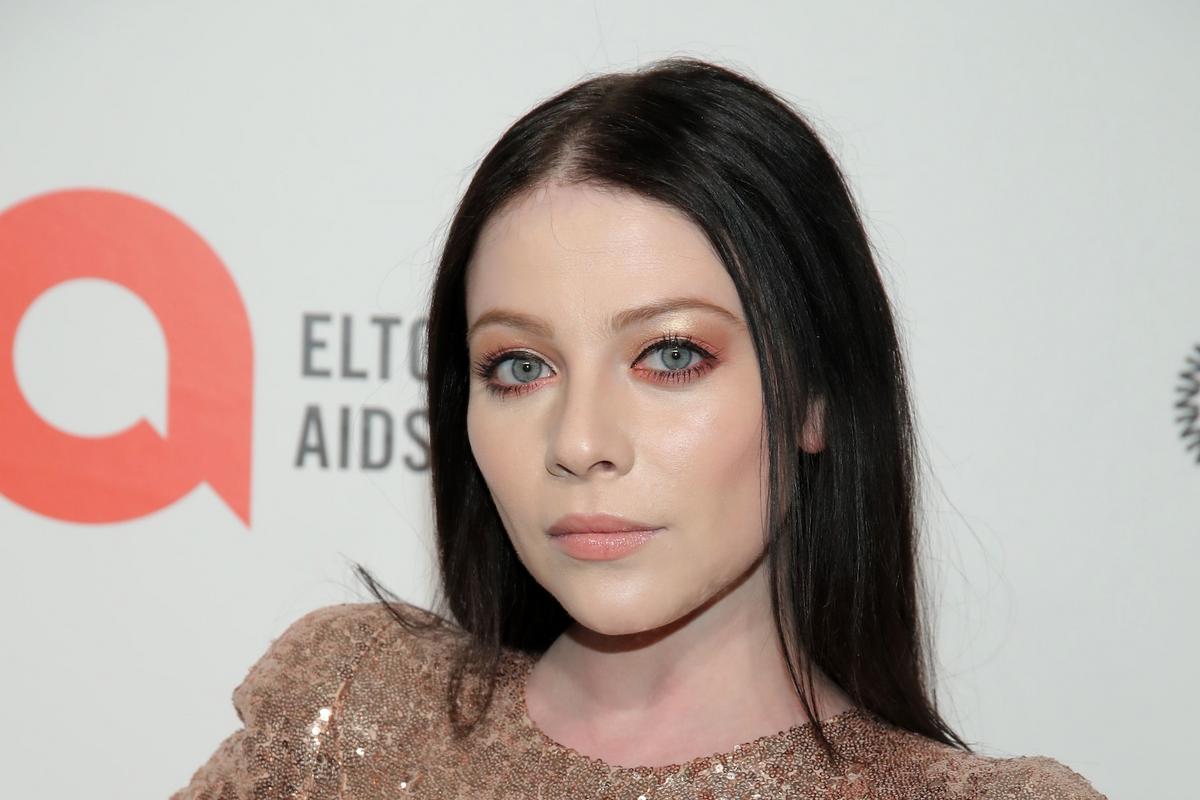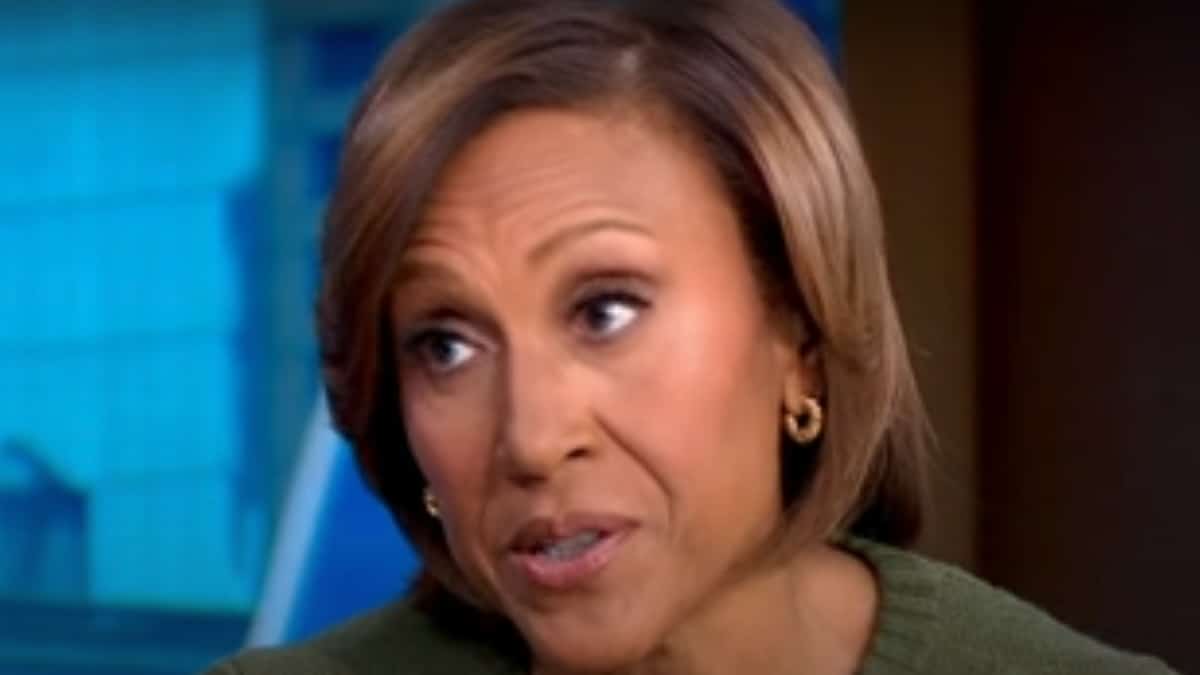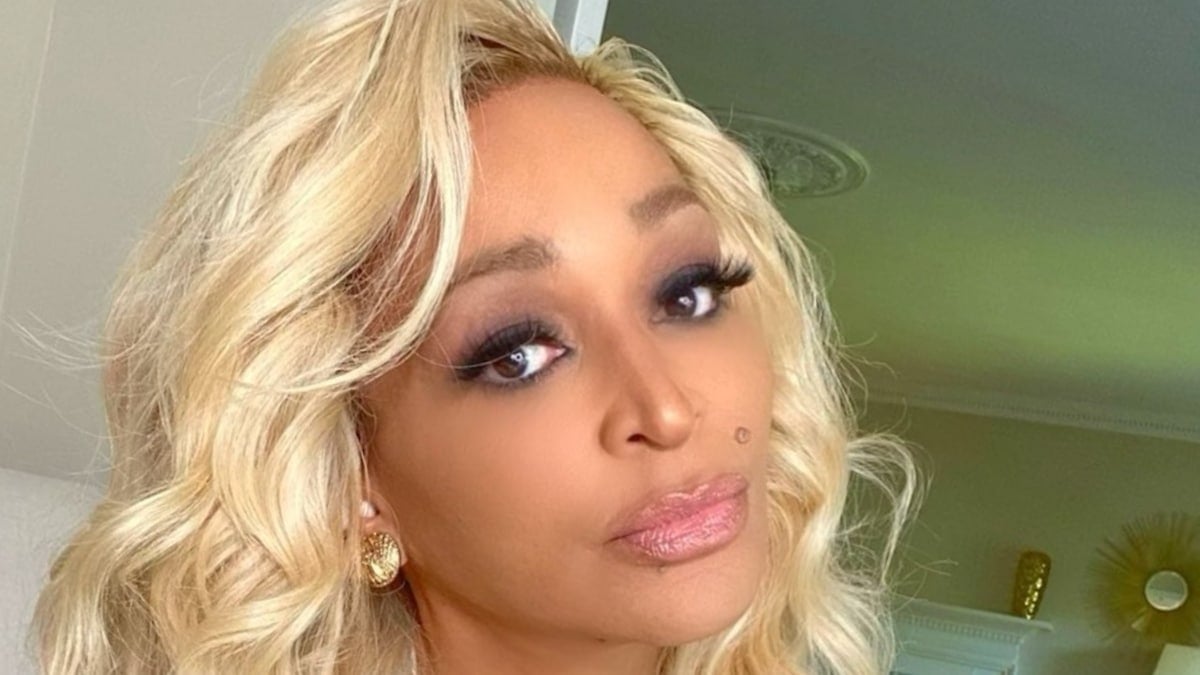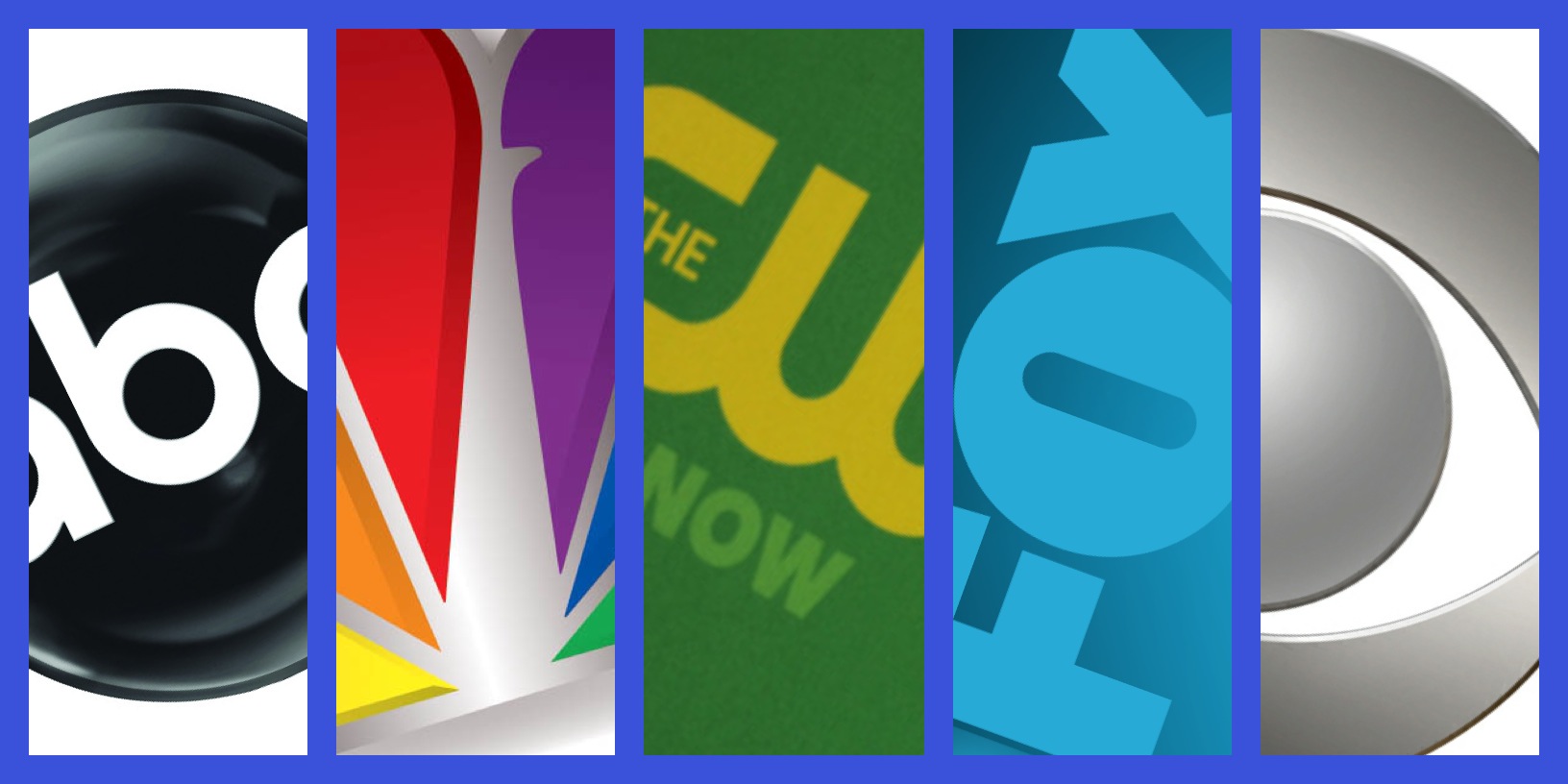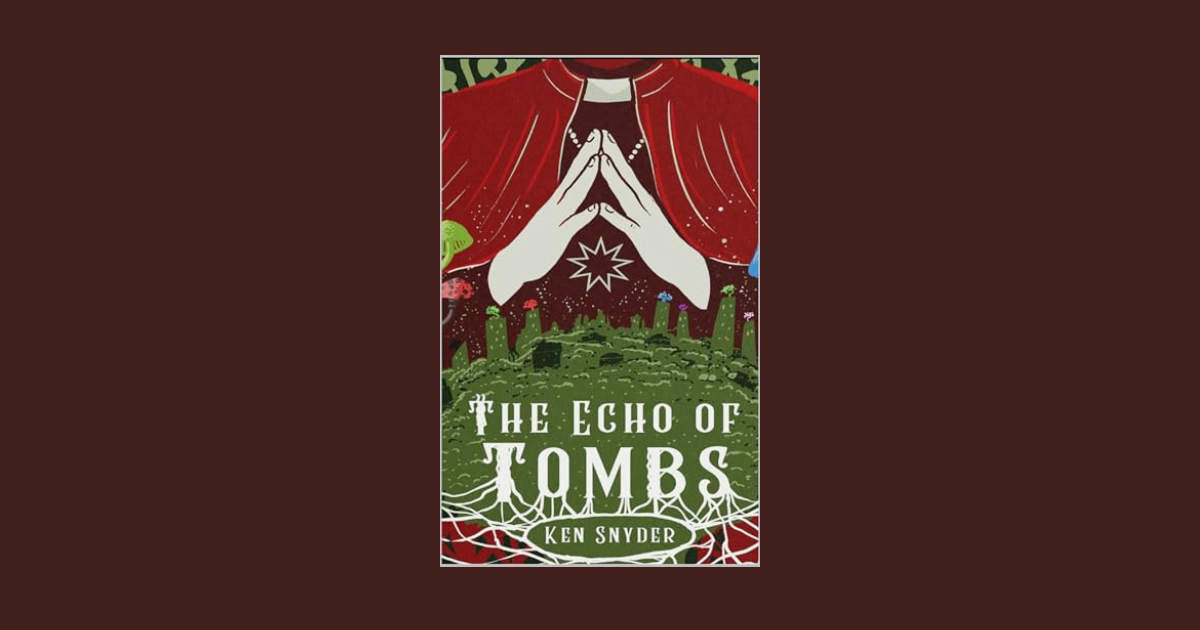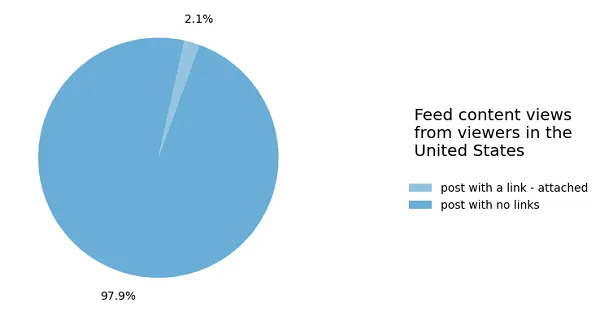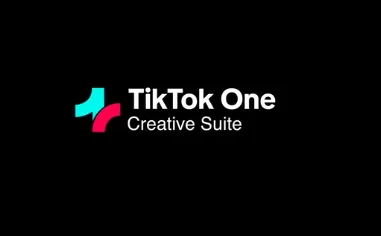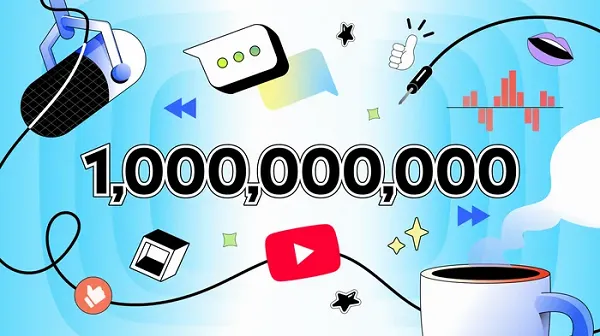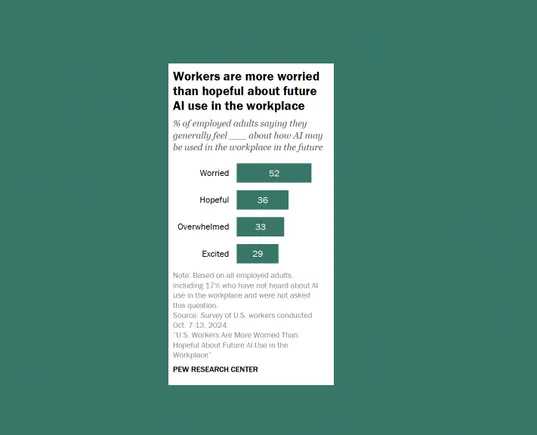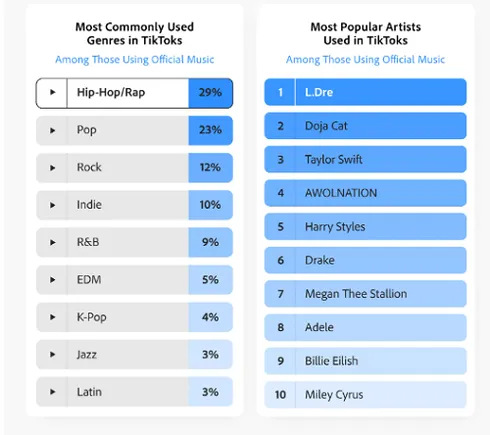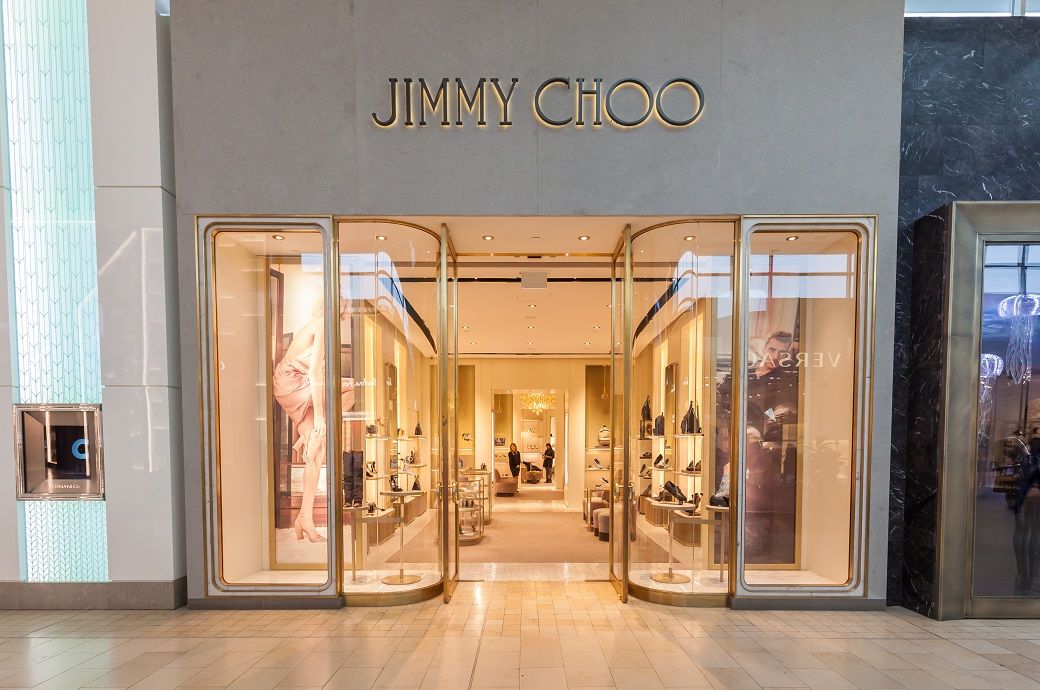YouTube has outlined some new updates to its ad-friendly guidelines for adult content, which will provide more monetization opportunities for a broader range of creators, but could also impact ad placement considerations for your campaigns.
YouTube recently updated its advertiser-friendly content guidelines, which restrict monetization for videos that touch on certain sensitive topics, in order to allow for more opportunity to share certain clips relating to abortion, adult sexual abuse, and eating disorders.
Now, it’s also relaxing its rules in two new areas.
First off, YouTube will now enable monetization of content that depicts breastfeeding content where a child is present, even with visible nudity.
As per YouTube:
“Previously, such content was only monetizable if there was no visible nudity. Also, breastfeeding thumbnails with focus on breasts without visible nudity can now earn ad revenue.”
Depictions of breastfeeding have long been a controversial topic, as they represent a natural act, though some creators have used this as an opportunity to sexualize their content. YouTube has clearly now decided that in the majority of cases, this is not an issue, and it’s therefore loosening its rules on this element.
YouTube will also now allow monetization of “non-sexually graphic dancing involving rhythmic body movements, such as twerking or grinding”.
“Additionally, dancing featuring fleeting minimal clothing can also now earn ad revenue. Previously this type of content was not considered monetizable.”
This could be a more controversial one, as this can easily cross over into overt sexualization, and of particular concern, can often feature younger creators. But again, YouTube has assessed the examples that it has available, and decided that this content should be monetizable, as it doesn’t pose a significant risk, for creators or brands, in the majority of cases.
Whether that impacts your considerations around YouTube ads will come down to your own sensibilities, but you can always control your YouTube ad placement in your campaign settings.
Mostly, these seem like logical updates, though many concerns remain about sexualized dance content in particular. Just this week, TikTok was banned in Nepal for disrupting “social harmony”, while it’s also faced bans in other regions due to its promotion of sexualized dancing, and related acts.
That is often down to the moral rulings of each region. But it underlines the concern that such depictions can be harmful, and incentivizing such, by enabling expanded monetization, will draw a new line for YouTube to police.
Whether that has a negative impact, we’ll have to wait and see, but right now, it will enable broader monetization opportunities for creators.























